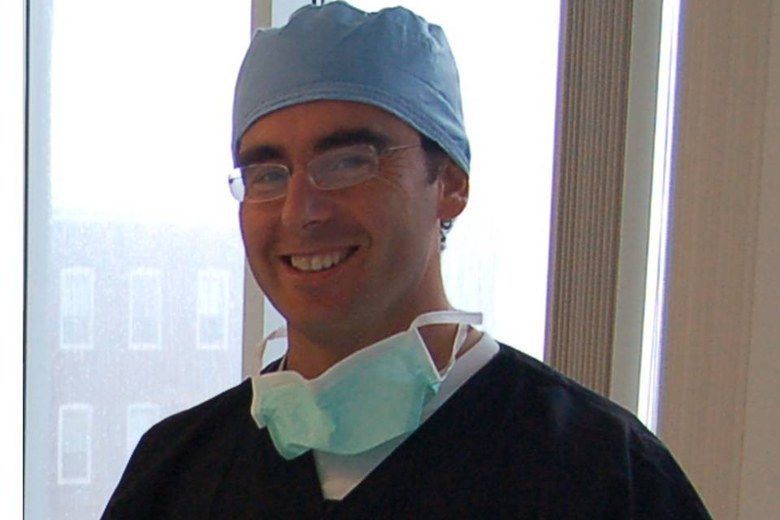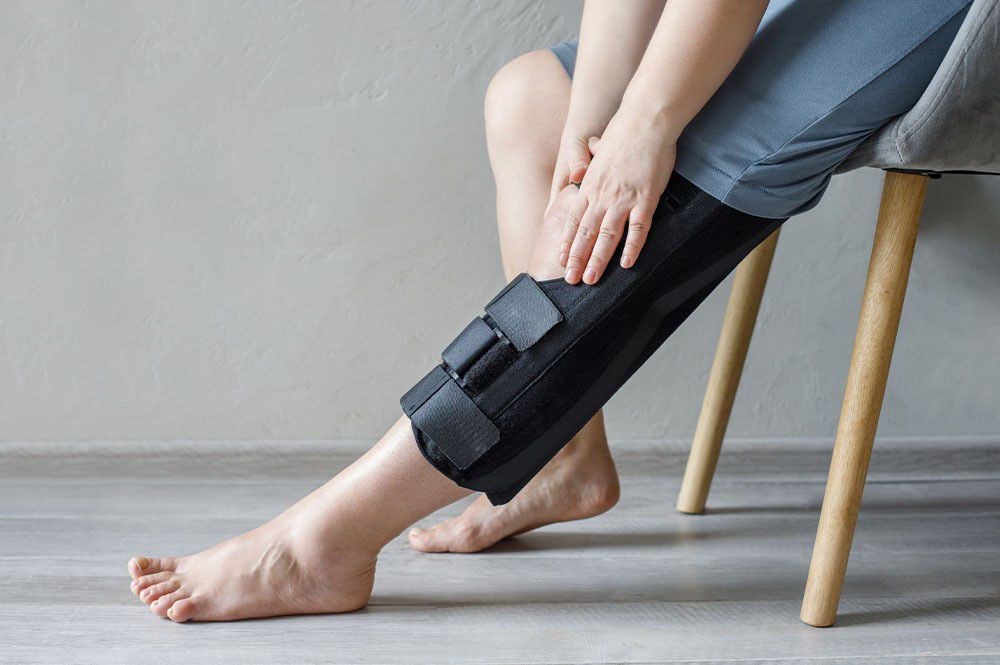The injuries and healing
Fast Track, a revolution in knee and hip prosthetic surgery

An innovative protocol for hip and knee prosthetic surgery which reduces hospitalisation to 2-3 days and allows the patient to walk on the same day of surgery and to climb stairs on the following one. This is the Fast Track method, a revolution that weighs in on the whole operation (before, during and after), as told by Andrea Baldini, Director and Head Physician of the Orthopaedic Ward of the Casa di Cura Villa Ulivella in Florence.
The interview with Andrea Baldini
What is the Fast Track protocol for hip and knee prosthetics? Hip and knee prosthetic surgery is one of the most frequent surgical operations that are carried out in Italian public and private care facilities. The average orthopaedic hospitalisation is 7-8 days, a rather long time that weighs on our healthcare system. The adoption of the so-called Fast Track path, widely practiced in North America and Northern Europe, nowadays allows reducing operating stress and post-operative discomfort, cutting recovery times. Hip and knee replacement surgery can be followed by a rapid patient recovery with a total stay time of 2-3 days. But what is the Fast Track in practice? It is a perioperative medical and surgical management technique which exploits all recent scientific evidence to reduce surgical stress, starting from educating the patient, using less invasive approaches, and above all controlling the loss of blood and pain. The rehabilitation time is therefore quicker, with the patient being able to walk already on the day the prosthesis is implanted and able to walk up and down the stairs the day after the surgery. Fast Track rapid recovery method represents the future in the perioperative management of hip and knee prostheses. The advantages of this path are now known in the scientific literature. The commitment that is now required is to try to increase promotion of the rapid postoperative recovery systems, for the good of the patients and of our healthcare system. How long does it take for the operated patient to return to walk? In rapid recovery protocols the patient does not need to carry out a classic postoperative ""recovery"". Instead, we talk about ""maintaining"" the functional level of the patient as much as possible, who will then be the protagonist of his own recovery. The therapist will have a central role of educator and of supervision of achieving the appropriate functional milestones. In addition, the therapist will apply coaching techniques to family members or to those close to the patient who will be able to stimulate his/her post-operative recovery. What are the benefits for the patient and for the structure/clinic? The advantages for the patient are to obtain a functional recovery of the operated limb more quickly. To no longer need transfusions, to have excellent postoperative pain control, to decrease the rate of postoperative adverse events thanks to an early mobility. To obtain a subjective clinical result which is superior to standard protocols. Furthermore, for the patient it is possible to safely perform simultaneous bilateral surgery on both lower limbs. For the structure the advantages consist in a lower number of days of hospitalisation, a lower nursing load for patients who are more active, better trained and less debilitated by the operation compared with the norm. Moreover, the quality perceived by the patient towards the structure offering this type of perioperative program is high. Since when has this new method been active and what are the results so far? This protocol has been implemented since 2013, introducing it progressively. The first cohort was performed during the first 18 months by recruiting patients under the age of 75 and without comorbidity, who lived in the province of Florence. Motivated by the evident success of the protocol, we also extended the geographical limits and comorbidity over the subsequent two years. Finally, from March 2016, we have extended the Fast Track to all our patients undergoing hip and knee prosthetic surgery, regardless of age or comorbidity as it has emerged both from our data and from the literature that older patients in particular are those who benefit from an early mobilisation. The results were already published last year in the GIOT volume of the Italian Orthopaedic Surgery Association. Now we have collected the data of the first 700 cases operated with this protocol which have shown significant improvements for all parameters compared with our results with traditional protocols on both subjective and objective scores and on transfusion rates. Patients in the ward smile after surgery and are not sad and hiding under their sheets as was often seen on post-operative days. This aspect speaks more than many numbers or scores. Is it an innovation which involves the pre-surgery period (educating the patient), the operation procedure by the surgical team, the rehabilitation with a close collaboration between the surgeon and the physiotherapy system? What is the importance of the pre and post-surgery period? A considerable amount of energy is spent during the postoperative period because the following activities are carried out which are not typical of a standard protocol:- A preoperative group medical lesson in which the entire perioperative path is reviewed, the active role of the patient in his/her pathway is explained together with how to prevent the most frequent possible complications.
- A preoperative physiotherapy lesson during which the gestures and movements that will be required from the patient after the operation are explained in detail. The early post-operative days are simulated. The operations of the various devices including Cryo-compression are illustrated.









